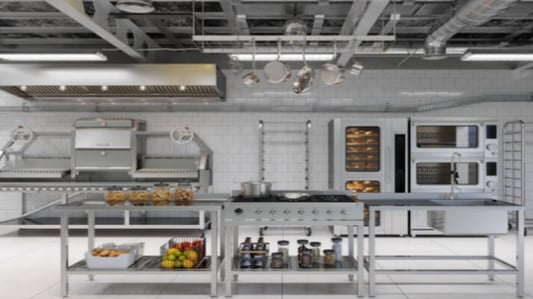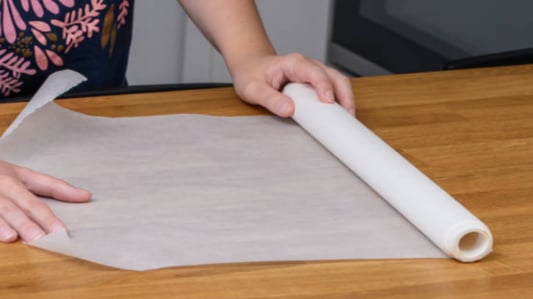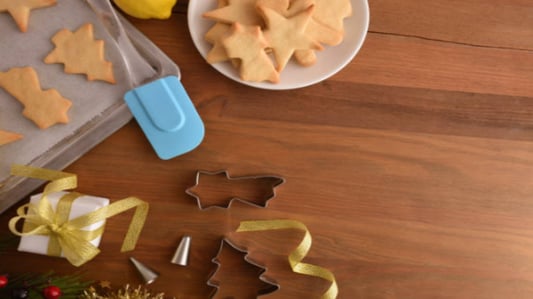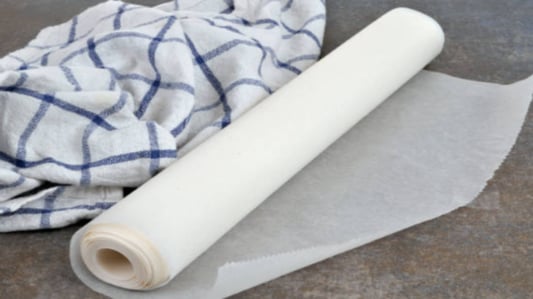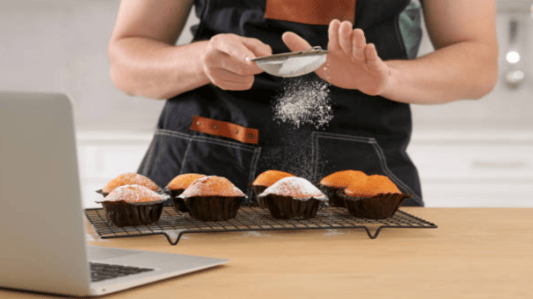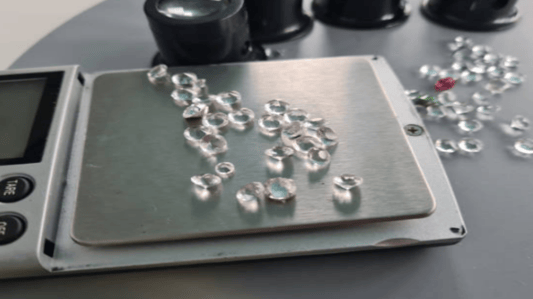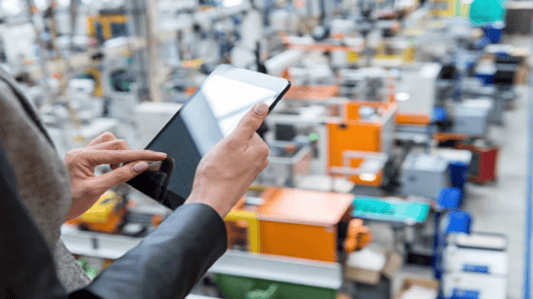Introduction: Why Having the Right Baking Equipment MattersWhether you're an aspiring baker or a seasoned professional, having the right baking equipment is essential to achieving delicious and beautiful baked goods. From measuring cups and spoons to stand mixers and ovens, each piece of equipment plays a vital role in the baking process. This article will provide an in-depth look at different types of baking equipment and their importance in creating successful desserts, pastries, and breads.1. Measuring Cups and SpoonsAccurate measurements are crucial in baking, as slight variations in ingredients can significantly affect the final product. Measuring cups and spoons are essential tools for ensuring precise measurements of dry and liquid ingredients. While plastic measuring cups and spoons are widely available and affordable, investing in stainless steel ones can provide more precise and durable measurement tools.2. Mixing BowlsMixing bowls are necessary for combining ingredients in recipes such as cakes, cookies, and bread dough. Glass and stainless steel bowls are popular choices as they are durable and can withstand high temperatures. They also come in various sizes, making them versatile for different recipes.3. Stand MixersStand mixers are a game-changer for any baker looking to make the process much easier and efficient. These powerful machines can handle tasks such as mixing heavy doughs and whipping cream, which would be difficult to accomplish by hand. Brands such as KitchenAid and Cuisinart offer a range of stand mixers with various attachments to cater to different baking needs.4. Piping Bags and TipsPiping bags and tips are essential tools for decorating cakes, cupcakes, and cookies. These tools allow bakers to create intricate designs and unique shapes. They are typically made of cotton or plastic and come in various sizes and shapes. Investing in high-quality piping bags and tips can make a significant difference in the final presentation of your baked goods.5. Baking Pans and SheetsBaking pans and sheets are crucial for any baker looking to make cakes, cookies, and pastries. These come in various sizes, materials, and shapes, making them versatile for different recipes. Some popular materials for baking pans and sheets include aluminum, non-stick coatings, and silicone.6. Rolling PinsRolling pins are necessary for flattening dough for pastry-based desserts such as pies and tarts. They come in various sizes and materials, including wood, marble, and silicone. Choosing the right rolling pin can depend on personal preference, baking needs, and budget.7. Oven ThermometerAn oven thermometer is a tool used to measure the temperature inside an oven. This is crucial for any baker looking to bake goods at an accurate temperature. Many ovens can have inaccurate temperature readings, leading to improperly cooked baked goods. Investing in a high-quality oven thermometer can help bakers achieve consistent and accurate temperatures.8. Dough ScrapersDough scrapers are tools used to scrape dough from mixing bowls and surface countertops. They are also used to cut dough into portions for bread-making. These tools come in various sizes, materials, and shapes. Stainless steel and plastic scrapers are common options and can be affordable for most budgets.9. Cooling RacksCooling racks are essential for letting baked goods cool evenly and quickly after they come out of the oven. They help prevent sogginess and maintain the shape and texture of the baked goods. Most cooling racks are made of stainless steel or chrome, and they are available in various sizes and shapes.10. Pastry BrushesPastry brushes are necessary for applying egg washes, glazes, or butter to pastries and bread before baking. They come in various materials, such as silicone and natural bristles. Investing in high-quality pastry brushes can help bakers achieve even and consistent coverage on their baked goods.baking equipment, measuring cups, mixing bowls, stand mixers, piping bags, baking pans, rolling pins, oven thermometer, dough scrapers, cooling racks, pastry brushesThe Ultimate Guide to Baking Equipment | Must-Have Tools for Every BakerExplore the essential baking equipment for any baker looking to bake delicious and beautiful desserts, pastries, and breads. From measuring cups and stand mixers, to pastry brushes and cooling racks, learn about the must-have tools for successful baking.Quote Inquiry


